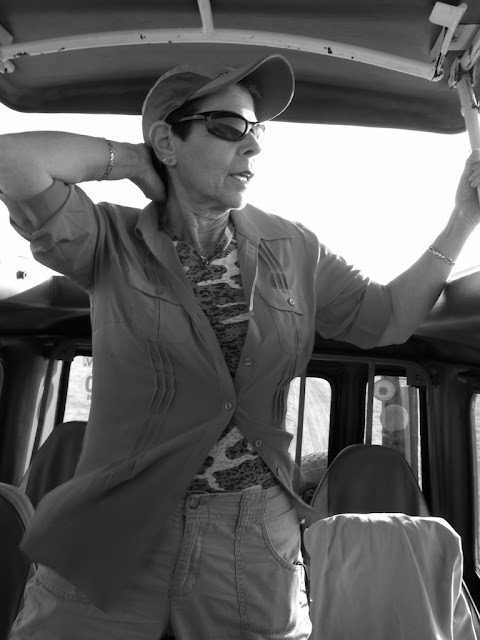Twenty years on and I still can't let it go. I was California dream'n with those sunny December days and January rains. It was my winter-free life, a perfect weather world that I admit to occasionally missing. I was young, a college student, a researcher and a photographer. I could motor to the bay on my Vespa, collect some data on foraging shorebirds and snap a few photos without ever needing a jacket or long-sleaved shirt. If I wanted to see snow, I could drive into the Sierra's, strap on the skis and pretend to be cold. Life was good, but it was also a bore.
The West Coast has a homogenous climate that can be too good to be true. While I never had to endure the über-cold that I now suffer in the midwest, I craved the diversity of life and landscape that defines seasonal change. In California I had to drive to the mountains for snow, to the beach for water, and to the desert for drama. In contrast, the drama now comes to me as summer gives way to fall, fall to winter, and winter to spring. Each season ushers in renewal, diversity and change.
Minnesota is a cold place to live with subzero temperatures that stretch into the negative double digits. These extremes create a unique landscape that is anything but static. The frigid air impacts the movement of wildlife, the texture of the land, and the light that illuminates.
On one magical Saturday, the effect of microclimates was visible across the landscape. It was bitterly cold, but the radiant heat from below caused moist air to rise, condense and freeze as it collided with the cold air aloft. The hoar frost clung to the branches and sparkled like fine diamond jewelry. To capture the magic of this moment, I focused my 300mm lens on the crystal-laden trees, set the aperture to f/5.6 and spot metered the most reflective part of the landscape. Had I accepted the meter's reading, the sparkling frost would have appeared as tones of gray. Knowing that I wanted the trees to glow against the darker background, I increased the metered exposure by one stop from 1/320 of a second to 1/160. By exposing for the lighter tones, I was able to capture the reflective frost and add contrast to the foreground.
While I am challenged by the long Minnesota winters and the bitter cold that defines these months, I embrace the opportunity that the inclement weather offers. The cool winter light, crisp air, and precipitation events open the door for a type of creative expression that was never possible during those winterless California days.
©2000-2011 BTLeventhal.com / Bruce & Tamy Leventhal. All rights reserved. No image on this site may be used without permission

















































